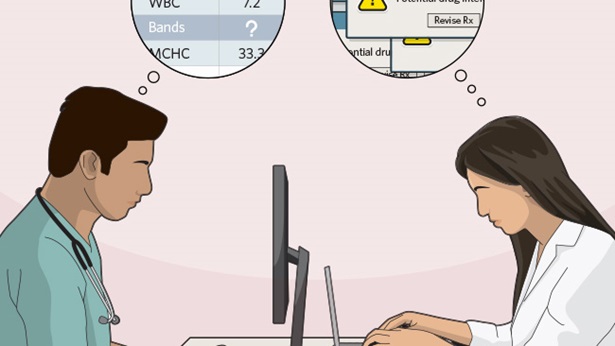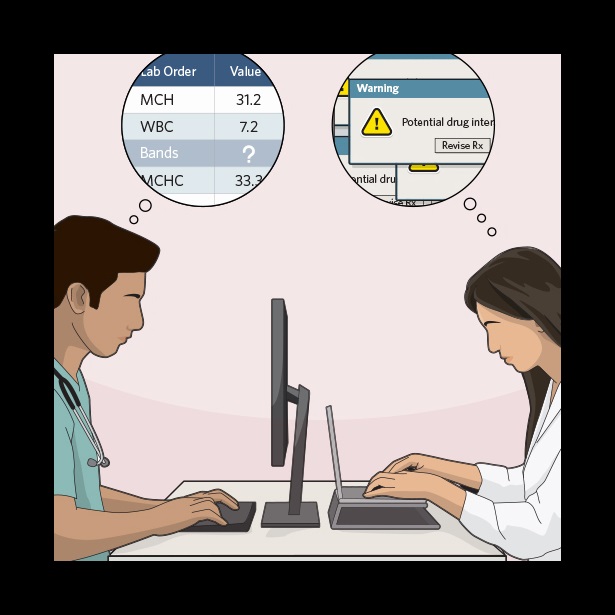Better Testing of Electronic Health Records Needed to Protect Patients
Report offers hospitals and record-system vendors rigorous safety tests, best practices

Technology often produces unintended consequences, and that’s certainly true of the electronic health record (EHR) systems used in hospitals and medical practices. These digital tools have increased the quality, safety, and efficiency of health care, but problems with their usability—how doctors, nurses, and other staff interact with them—have put patients in harm’s way.
In general, federal regulations do not require EHR developers and users to conduct robust testing to detect usability flaws that can threaten patient safety. So there is a dearth of standards and comprehensive best practices that can be employed to mitigate the risk of harm.
A new report by The Pew Charitable Trusts, MedStar Health’s National Center for Human Factors in Healthcare, and the American Medical Association helps fill that void, offering best practices and model test cases to guide rigorous safety assessments of EHRs. Makers of these systems and health care facilities should use these resources to identify usability-related risks to patients throughout the life cycle of these products, including the design, customization, implementation, and training stages. A panel of experts, including EHR developers, physicians, nurses, and others who study usability, provided input on these new resources.
EHR vendors mainly test these products before they are customized and used in specific health care facilities. And their assessments often do not thoroughly examine safety implications, including those that arise from particular procedures within facilities or through customizations. As a result, usability issues can go undetected until they cause patients harm.
Take the case of a 16-year-old California boy who suffered a near-fatal seizure after receiving an antibiotic dose 38 times larger than the physician intended to order through the hospital’s EHR system. The technology functioned as designed and delivered an accurate prescription order based on the information entered. However, the doctor hadn’t realized that the system’s settings multiplied the requested medication amount by the patient’s weight.
The sample scenarios in the report provide thorough tests covering seven types of usability issues that clinicians may face, including unclear settings, data entry obstacles, and confusing system alerts. Each scenario was designed so that both health IT vendors and purchasers of EHR products can conduct realistic, safety-focused usability tests. The scenarios can be used directly by vendors or providers and can help build additional tests.
Successful safety-based scenarios should include expected users of the system with varying levels of computer expertise; represent realistic clinical care processes; be shaped around a clinically oriented goal; contain clear, quantitative measures of success and failure; and include known risk areas and challenging processes, such as ordering that a patient’s drug dose be tapered.
Based on expert input, the researchers also identified best practices for EHR developers and hospitals to improve the safety of systems. For example, hospitals should assess the safety of their customizations, which may not have been tested by vendors. Those best practices could also serve as the foundation of a voluntary certification program or be supported by nongovernmental organizations. For example, the Joint Commission, a nonprofit accreditor of thousands of health care organizations nationwide, could incorporate these criteria into its certification programs to encourage stronger safety practices.
As EHRs have become more widely adopted, researchers, system developers, and health care providers have learned more about the challenges of using these systems and how to address them. The best practices and test case scenarios in this report offer immediate steps that hospitals and health care software vendors can take to protect patients from unforeseen hazards and help ensure that EHRs can reach their full potential to transform health care.
Ben Moscovitch manages The Pew Charitable Trusts’ health information technology initiative.













